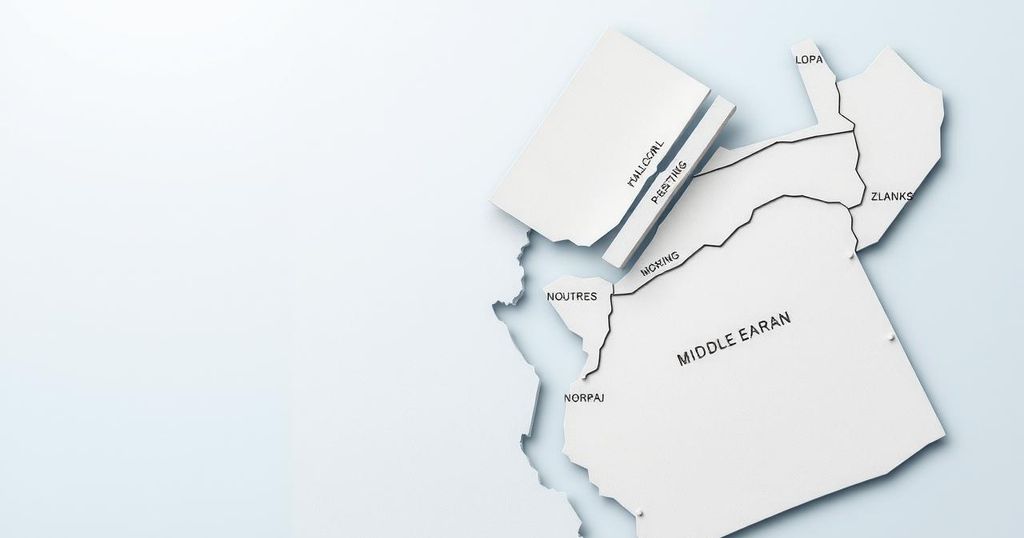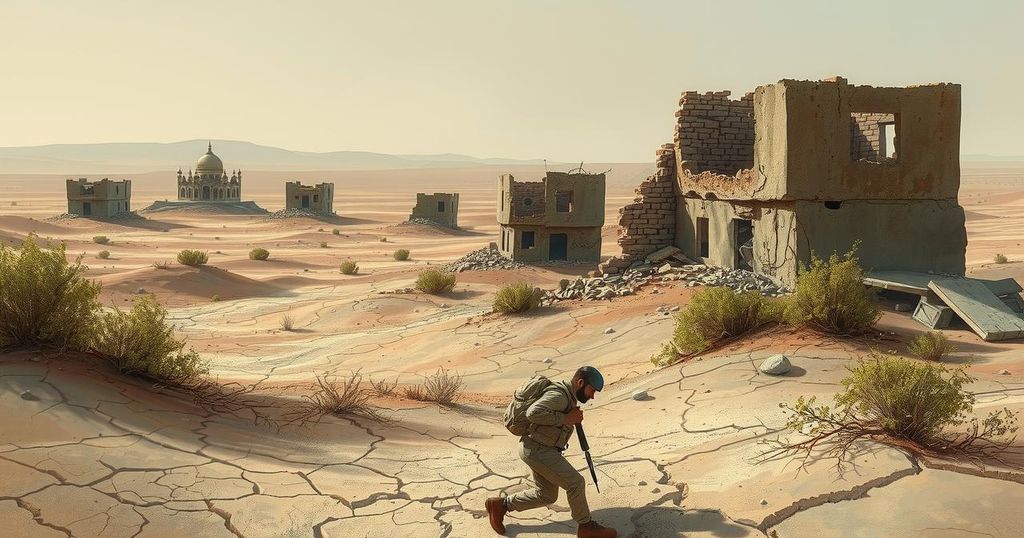The article discusses the escalating tensions between Ethiopia and Eritrea, urging Gulf states and Western allies to intervene to prevent a looming conflict that threatens stability in the Red Sea region. It highlights the fragile situation following the Pretoria Agreement and the ongoing power struggle within Tigray. The authors emphasize the need for diplomatic measures to avert a potential crisis that could have far-reaching consequences in Northeast Africa.
As tensions escalate between Ethiopia and Eritrea, Gulf states and their Western allies must intervene to prevent a looming conflict that could destabilize the entire Red Sea region. The cessation of hostilities agreement between the Ethiopian government and the Tigrayan opposition in late 2022 marked the end of one of the 21st century’s deadliest wars, with estimates indicating a death toll exceeding 600,000. As the two-year anniversary of the Pretoria Agreement approaches, the political landscape remains precarious.
The Tigray People’s Liberation Front (TPLF), instrumental in overthrowing the Derg regime in the 1990s, has been sidelined since Prime Minister Abiy Ahmed took office in 2018. The political fragmentation leads to a power struggle between the TPLF and the interim administration, triggering instability within the Tigrayan Defense Forces (TDF). Recent events have highlighted the increasing risk of a coup, raising concerns over the fragility of the interim administration.
Regional and international unrest aggravates the situation in Tigray, which is poised to incite an interstate conflict between Ethiopia and Eritrea. This conflict may not only destabilize these nations but could also intensify Sudan’s civil war and create additional unrest in the vicinity. Rivalries between Gulf states further complicate the landscape, particularly in light of Ethiopia’s military maneuvers along the Red Sea coastline.
The historical enmity between the EPLF of Eritrea and TPLF has resurfaced as mutual accusations regarding violations of the Pretoria Agreement mount, alongside fears of Ethiopia regaining access to the Red Sea. The current military mobilizations by Ethiopia, Eritrea, and TDF indicate an imminent threat of armed conflict, echoing the need for timely intervention.
Amidst this tension, the Horn of Africa has become a geopolitical flashpoint, influenced not only by local actors but also by external powers with vested interests. Should peace continue to elude Ethiopia and Eritrea, the ramifications would extend beyond Tigray, igniting chaos that could engulf the entire region, exacerbating existing humanitarian crises in Sudan and beyond.
To avert disaster, proactive measures must be taken. A coalition of Western and Middle Eastern states, alongside the African Union, should exert high-level diplomatic pressure on the opposing factions to promote dialogue. This effort could lead to a joint approach that addresses the conflicts surrounding Eritrea, Ethiopia, and Sudan before they spiral out of control, thus preventing larger-scale anarchy in the region.
In conclusion, the potential for renewed conflict between Ethiopia and Eritrea poses grave threats to regional stability in the Horn of Africa and beyond. The urgency for intervention by Gulf states and Western allies cannot be overstated, as diplomatic measures may offer an opportunity for dialogue amid rising tensions. Without immediate action to address the deteriorating situation, the region risks an overwhelming descent into chaos that would severely impact neighboring countries and the geopolitical landscape of the Red Sea.
Original Source: foreignpolicy.com




